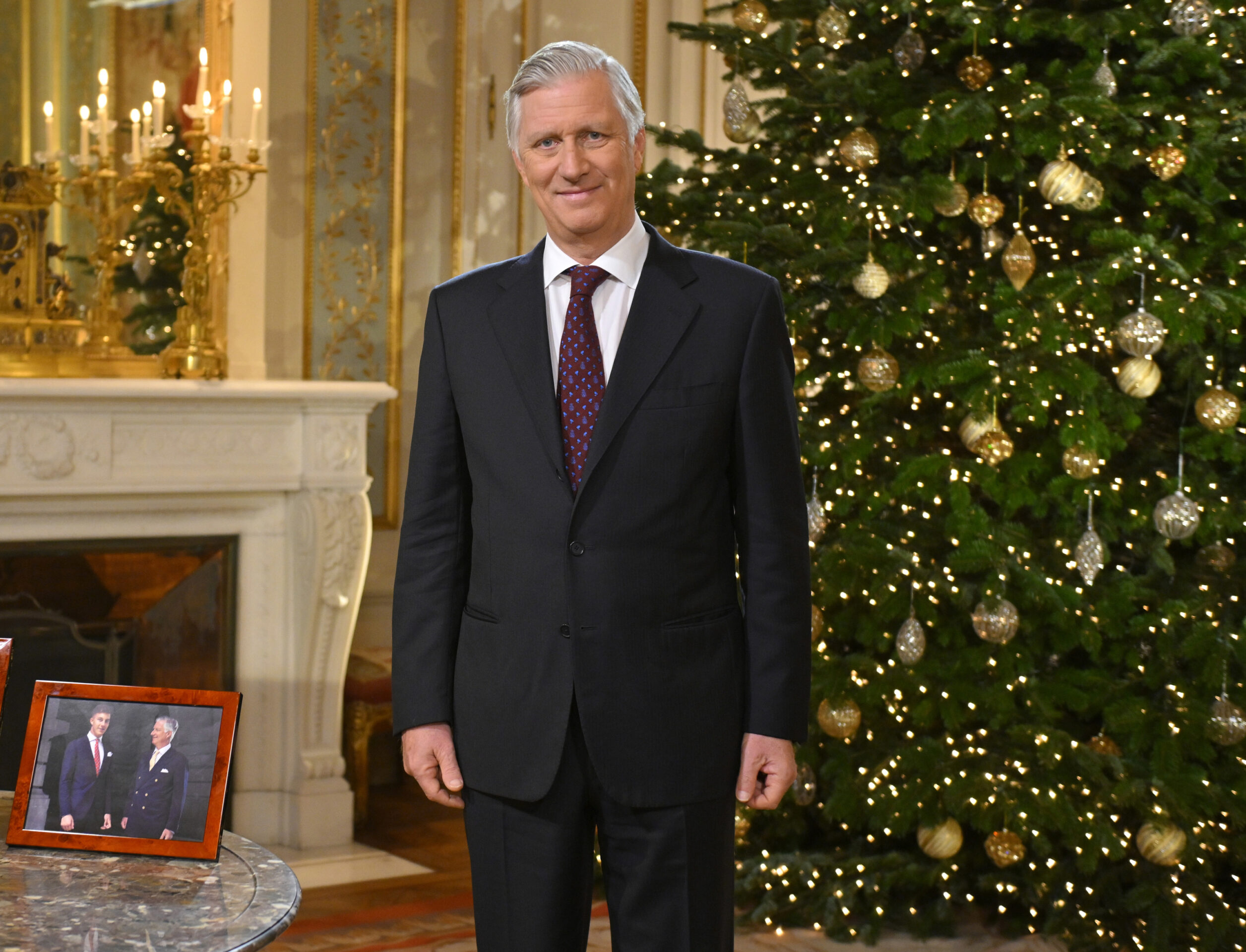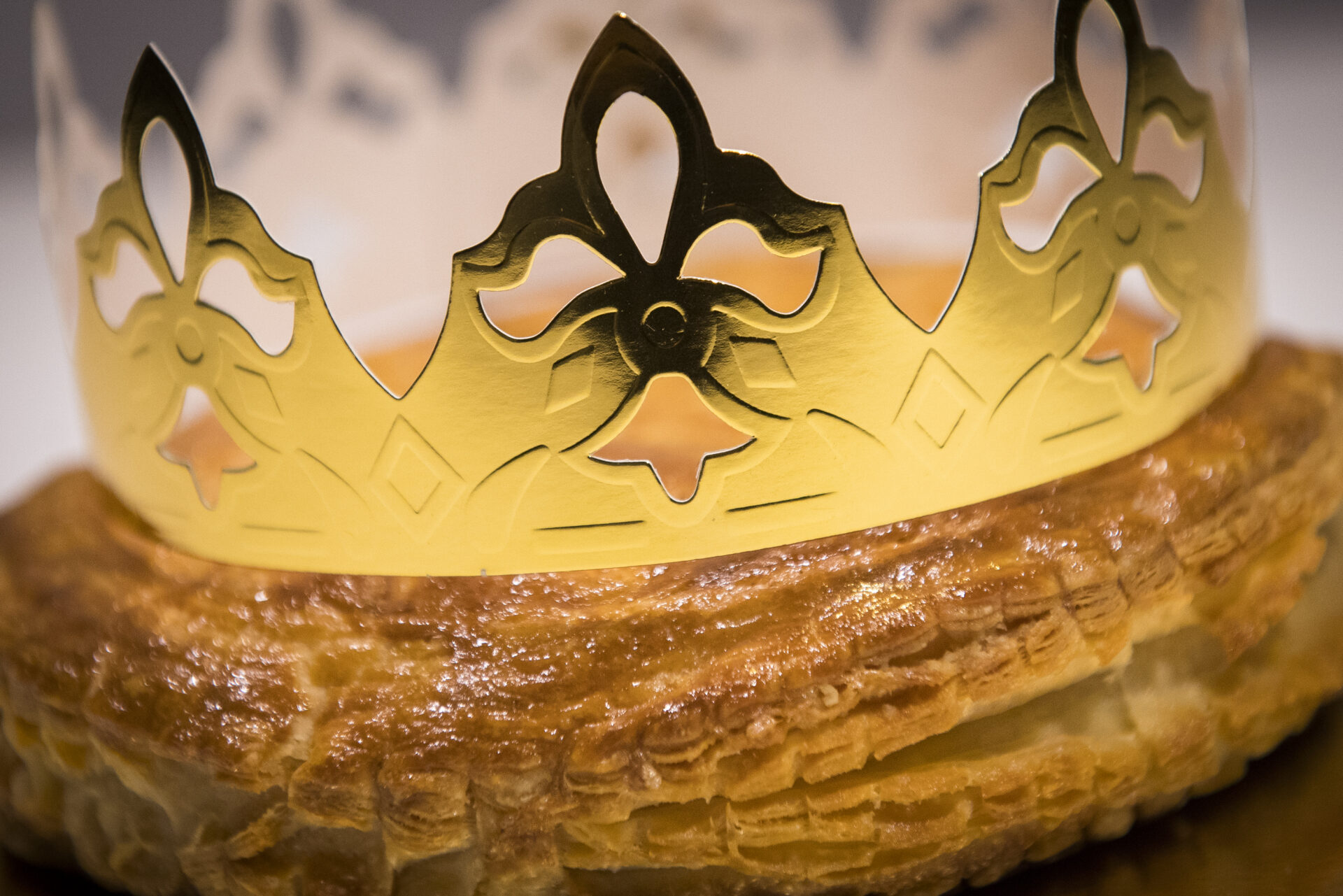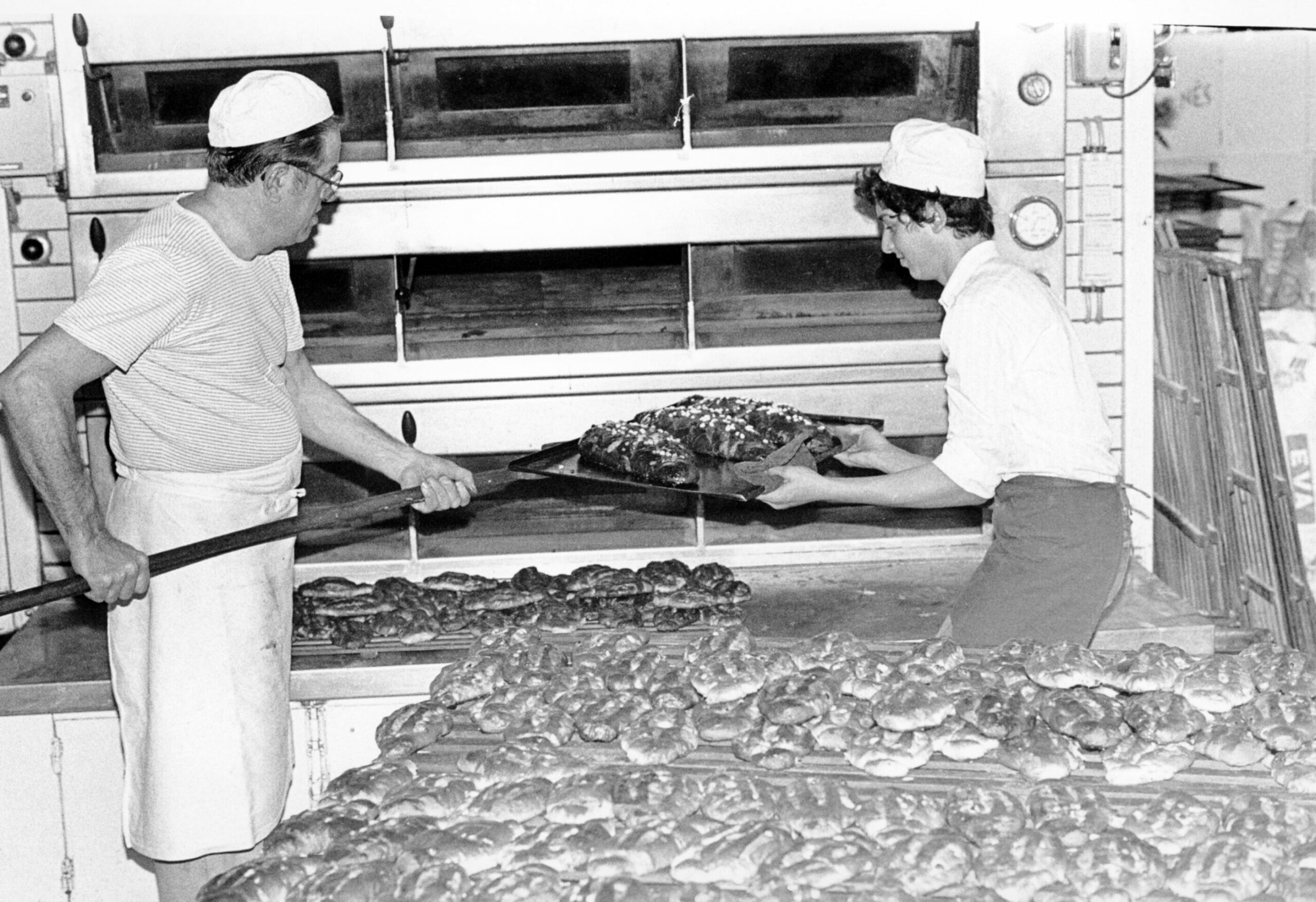As with most aspects of Belgian life, Christmas traditions vary by region, and in some cases, province or even town.
From fondue and hidden gold in a galette des rois to Midnight Mass and the King's speech, find out how to celebrate the festive season like a true Belgian below.
24 December - Christmas Eve
On Christmas Eve (le réveillon de Noël in French-speaking Belgium and Kerstavond in Flanders), families across the country come together to enjoy a festive feast with a number of courses.
The evening often starts with the apéritif (commonly known as an apéro), where bubbles are served with small bites. This might be bladerdeeghapjes (filled puff pastry bites), or feuilles de chicons et crevettes grises (chicons filled with shrimp cocktail), foie gras, oysters, or other appetisers.
For starters, Belgians generally opt for soup, meat or fish. If the main course is meat or poultry, the starter dish is fish and vice versa.
The main meal usually consists of meat (e.g. glazed pheasant, stuffed turkey, goose, venison, boar) but this varies. One thing all Belgians can agree on is the choice of side dish: potato croquettes. These soft bites of purée with a crunchy coating are popular in households across the country.

Chicons filled with shrimp cocktail, roast turkey, a yule log and cheese fondue. Credit: Isabella Vivian / Canva
Other typical main meals include cheese fondue, raclette, and gourmet (everyone cooks their meat directly on a grill on the table). These are served alongside bread, cheese, cold meats, potatoes and other vegetables. In some areas, ossentong in madeirasaus (ox tongue in Madeira sauce) is also a popular dish on Christmas Eve.
A classic Christmassy Belgian dessert is bûche de Noël or Kerststronk, or yule log in English – a familiar sight in many countries across the world. This chocolate sponge cake is filled with whipped cream and resembles a log. Increasingly, the cake is swapped out for ice cream in some parts of Belgium.
After dinner, some Belgians will attend Midnight Mass (messe de minuit in French or middernachtmis in Dutch). This is a cherished tradition among the country's Catholic communities to celebrate the birth of Jesus Christ.
Presents are also exchanged on 24 December among family members. Some opt for 'Secret Santa', in which they each buy one small gift for each other anonymously. French-speaking Belgians refer to this as la cacahuète de Noël (Christmas peanuts).
As in the United Kingdom, the royal family addresses the general public on Christmas Eve. This year will be King Philippe's 12th speech since his accession to the throne in 2013. It will be broadcast on all the country's television channels in the three national languages (French, Dutch and German) at 13:00 on 24 December.

King Philippe of Belgium during his Christmas Eve address at 13:00 on Sunday 24 December 2023 at the Royal Castle in Laeken, Brussels. Credit: Belga / Philip Reynaers
25 December - Christmas Day
Families in Belgium usually spend Christmas Day together, although there are no specific festivities planned.
Unlike the UK, Canada, Australia and New Zealand, Belgium does not celebrate Boxing Day (26 December).
31 December - New Year's Eve
It is traditional to spend New Year's Eve with friends rather than family in Belgium.
Friends meet up for the festivities and pop open a bottle of bubbly when the clock strikes 12. In major cities, there are fireworks displays, such as the one in Brussels which is moving to a new location this year.
There is no singing of the British classic Auld Lang Syne, or eating a grape on each chime of the clock as is customary in Spain.
6 January - Epiphany
Many Belgians celebrate the arrival of the three wise men on 6 January, known as Driekoningen in Dutch and la fête des Rois in French.
Children celebrate the Epiphany by dressing up as the three wise men. They go from door to door singing songs and people give them money or sweets in return, similarly to Halloween.
On 6 January, Belgians eat a galette des rois or Koningscake, a frangipane puff pastry tart which is also popular in France. Inside the tart is a tiny hidden figurine called a fève ('bean').
The youngest person in the family or friendship group typically sits under the table and calls out which slice should go to which person. Whoever finds the fève in their slice becomes king or queen for the day and wears a gold paper crown.

The driekoningen taart (Dutch) or galette des rois (French) is enjoyed on Epiphany. Credit: Belga / Laurie Dieffembacq
Some bakeries have started putting other treats in their tarts in recent years: one Brussels bakery has become famous for hiding 18-carat gold coins in its pastries.
Some people prefer tarte au riz (rice tart) to a galette des rois. Each family has their own version, but the basic recipe is a pastry filled with sweetened cooked rice, sometimes with vanilla, cinnamon or chocolate. It is served either hot or cold.
Decorations and music
It's an unsaid household rule that you cannot put up your Christmas tree until Saint Nicolas has visited on 6 December. Belgians start decorating their houses shortly after. Most have a Christmas tree and a wreath hanging on their door.
Popular Christmas songs/carols include 'Il est né le divin enfant', 'Vive le vent' (similar to 'Jingle Bells'), 'Entre le bœuf et l'âne gris', and 'Stille nacht' ('Silent Night' in English).
Festive food and drink
Belgium's sweet tooth shines through at Christmas with a variety of traditional treats.
Bakeries and Christmas markets sell cougnou (sometimes cougnolle), a sweet brioche from Wallonia with pearl sugar, raisins or sometimes chocolate chips. It is shaped like a swaddled baby Jesus and often served with hot chocolate or coffee.

Belgian bakers making cougnou at Christmas, Andenne, Namur. Credit: Belga Archives
Speculoos – Belgium's beloved spiced, caramelised biscuit – is also particularly popular this time of year. Saint Nicholas traditionally brings the biscuits to children on 6 December.
Massepain is the Belgian version of marzipan. Christmas markets and bakeries will always have sometimes shaped as tiny fruit and animals.
Boudin blanc (white pudding) varies across Europe. The Liège recipe (milk, bread, chicken and ham) goes back to the Middle Ages. Nowadays, the sausage is made from good cuts of pork, spices, and the city's signature herb: marjoram.
Jenever (also known as peket) – a juniper-flavoured traditional liquor – and mulled wine (vin chaud/glühwein) are sold in abundance at Christmas markets across Belgium.
Specialty Christmas beers, such as Delirium Christmas and St. Bernardus Christmas Ale, are brewed exclusively for the season. They are available at bars and supermarkets throughout December.

Credit: St. Bernardus Christmas Ale
Related News
- Terror alert level in Belgium remains unchanged for holiday period
- Iconic Brussels Christmas market starts today with tree illumination
- The story of Speculoos: The Belgian biscuit that united a nation
- Mapped: A guide to Belgium's most beautiful monasteries
- A 2024 festive guide to Christmas markets in Belgium and beyond

